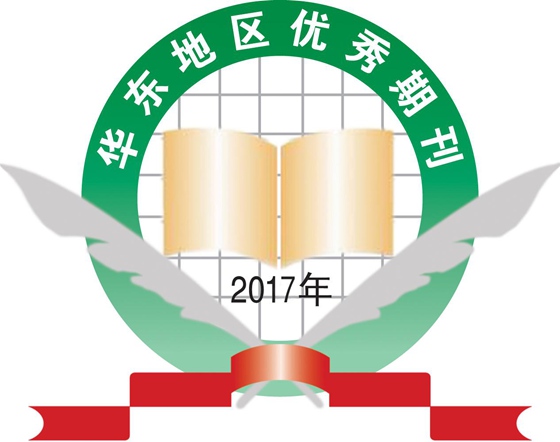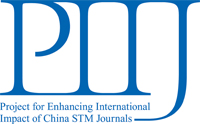Objective: To make an animal model of cervical spondylosis (arthralgia syndrome type) with stimulation of wind, cold, and dampness.
Methods: Twenty-four 8 months old male New Zealand white rabbits were randomly allocated into four groups: normal control group, light stimulation group, moderate stimulation group and severe stimulation group. The wind speed was 10.8-13.8 m/s, the temperature was (5±0.5) ℃, and the humidity was 100%. The rabbits of light, moderate, and severe stimulation groups were kept in the above-mentioned environments for 4 hours everyday, and for a total of 32, 64, and 128 hours, respectively. The intervertebral discs were stained with HE method, and observed with a light microscope. Prostaglandin E2 (PGE2), 6-ketone-prostaglandin F1α (6-K-PGF1α) and thromboxane B2 (TXB2) contents were measured by ELISA. Fas and Bcl-2 expressions were examined by immunohistochemical avidin-biotin peroxidose complex technique. Interleukin-1β (IL-1β), tumor necrosis factor α (TNF-α), and transforming growth factor β (TGF-β) mRNA expressions were examined by reverse transcription-polymerase chain reaction.
Results: The nucleus pulposus of rabbits in the light and moderate stimulation groups shrunken, and in the severe stimulation group, the anulus fibrosus loosed or ruptured, and the cartilage end-plate became proliferated. Compared with rabbits in the normal control group, the PGE2 content rose in the light stimulation group, the contents of PGE2, 6-K-PGF1α, and TXB2 increased, the expressions of IL-1β and TNF-α mRNAs and Fas were up-regulated, and the expressions of TGF-β mRNA and Bcl-2 were down-regulated in the moderate and severe stimulation groups. The expression of Fas was up-regulated mostly and Bcl-2 was down-regulated mostly in the severe group.
Conclusion: Moderate and severe stimulations of wind, cold and dampness can lead to degeneration of cervical intervertebral discs of rabbits. The model corresponds to the theory of traditional Chinese medicine about arthralgia syndrome caused by wind, cold and dampness.
 Table of Content
Table of Content














